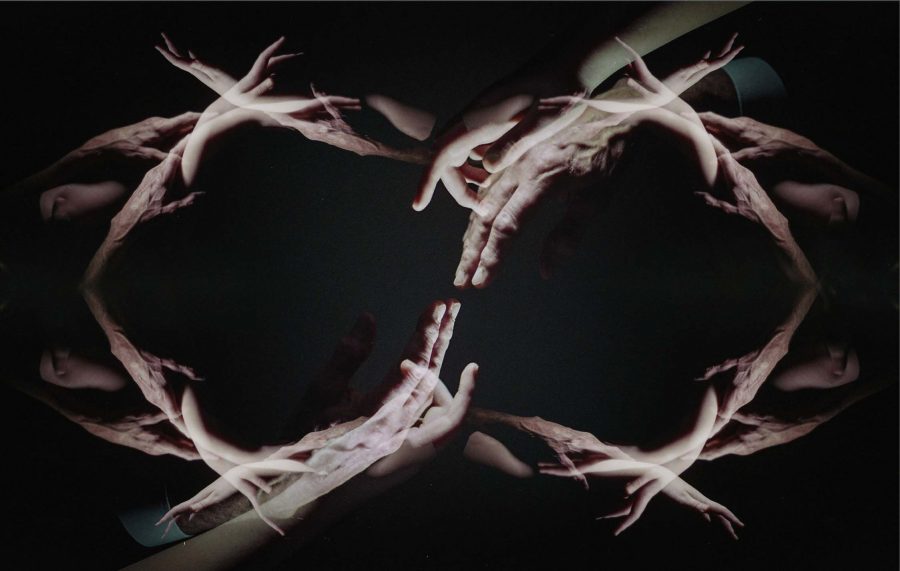I fell in love with film from the moment I first held an analog camera. Something about the tactile nature of shooting celluloid film from the viewfinder all the way to the spool lured me in. I found that film photography combined science, art, story and expression. It held such a fascinating combination of things that I loved.
Photographic film works by loading a roll of photo-sensitive plastic, 24 or 36 photos long, into a light-tight camera. After the photos are taken, the film is then developed in chemicals at a lab, which happens to be in my kitchen. This process reveals tiny images, generally with the colors backward. These film images are then scanned to create a digital image or printed physically by projecting the negative onto photo printing paper.
There is something so much more organic that can be achieved in the chemical photo process than in digital photography. Photographic film works by collecting light on strips of plastic covered in imperfectly scattered, randomly shaped, microscopic light-sensitive crystals. This shows up as tiny dots known as grain. The uncontrollable grain and other flaws that film brings are what gives it a unique aesthetic. You don’t shoot film because you know the outcome — you shoot film because you don’t know the outcome.
In a high school darkroom class, I began to play with negative stacking, a physical printing technique where you sandwich two negatives together. The highlights — black bits of the negative — shine through while the shadows meld together into one image. Soon after, I figured out how to do in-camera multiple exposures by shooting photos without advancing the film.
I began to experiment with expired film, cross-processing, over and underexposing, ECN-2 process motion picture film and toy cameras. I started to play with new developing processes and temperatures, flashing film with colored lights. I tried soaking rolls in everything from bleach to ramen soup, shooting novelty and obscure film stocks, prisms — just about anything strange I could come up with.
I believe that nature is the true artist and anything humans make is, in some form, a replication. Nature exists in perfect order — aesthetically and otherwise. It is perfectly aligned and unpredictable, perfectly natural and authentic. Film echoes this.
I try my best to pull my experimental work, be it through filmmaking or photography, from somewhere both organic and genuine. I am almost exclusively self-taught and I have never worked in a studio or with a model. Almost all of my images are of friends or things I’ve found interesting or meaningful. For me, that kind of personal attachment helps make the images more honest. I hope that through the use of natural form and hands-off photography techniques where I allow the image to make itself, I manage to create work that is true.
Sam’s upcoming photo book, “Abandoned Cincinnati,” comprised of his writing and images of decay, will be in stores and online next year.
Email Sam Smith at [email protected].























































































































































